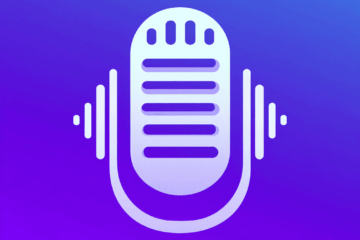
This is the first part of a number of articles about a new system that needs to be built. It starts with the theory and in subsequent articles, well in a sub-menu lower on the left hand side of the page, it will show the actual progress on the build. This series may go on for months, depending on market developments, technological developments and budget restraints.
A sincere thank you to Bill Gehrke, Eric Bowen, Gary Bettan, Mitch Wood, Randall Leong and Todd Kopriva for helping me with this article and your very constructive thoughts and remarks. You have all been a big help.
From time to time we all face the question, should we build a new system now or in the next couple of months? What should we aim at, in terms of improvements? Do we need to save some more $$ and postpone our new system for a couple of months to profit from that decision for years to come? Where can we find info about option A or B to help us decide what is best for us? Is it really worth it in terms of ‘Bang-for-the-buck’ BFTB? Have we taken all aspects of a new system into consideration, did we not forget anything? Should we wait for those new announced products?
The ultimate purpose is to tell you how I went about building a new system, what considerations I had for certain choices, where my doubts were and how I tackled them. The limitation of the series is that it only applies to my situation and not by definition to your situation, so you have to distill anything that applies to your situation and tweak as necessary for your needs.
I mainly use my system for editing video using the Adobe Master Collection CS5.5/CS6 and well as website development with Dreamweaver for the PPBM5 Benchmark, it’s successor and some other sites. The main codecs I use vary from simple ones like DV and HDV up to RED and EPIC 4K and 5K material, but the majority is HDV, AVCHD, XDCAM-EX 4:2:2 and Canon MXF 4:2:2.
My current system is getting rather dated, using only an i7-920 at 3.7 GHz with 24 GB RAM, a GTX 480 video card and a rather extensive disk I/O system. I mean it still runs without problems, is sufficiently fast for my current needs, so no urgent need to get a new system, but it is better to plan ahead than getting caught in a bind when a major component fails and you really need to get a new system the next day.
External influences
- CPU: the advent of new CPU’s like Sandy Bridge, Sandy Bridge-E (i7-3xxx), Ivy Bridge, i5 Xeons and ???
- GPU: the advent of Kepler.
- Platform: 1155 and 2011 platforms.
- HDD prices: The ongoing high prices of conventional disks.
- PCIe-3.0: The first indications of cards to support PCIe-3.0.
- Thunderbolt & PCIe-3.0: Announced by Intel, but without a timetable.
- The advent of Windows 8.
Interesting developments to say the least, but often without clear delivery dates to accompany announcements, or if they are announced with a specific date, they are often in very short supply and at premium prices. So, while interesting, keep this in mind when planning for a new system.
Having read a bit on new developments and seeing that in practice my aging system, while still a decent performer, was being overtaken by more and more modern systems, I started to look at possible components for a new system. But, I’m lucky. I can take my time to figure out exactly what I want to have, can check my choice of components, learn from the experiences of others, avoid common mistakes, and I can sleep on a difficult decision and postpone a bit if necessary. Whatever I will ultimately end up with, it has to be a big step forward from where I am now, otherwise it is a very unwise investment.
While the primary emphasis is on Premiere Pro, there are a lot of similarities for After Effects users. After Effects has very similar (but slightly divergent) hardware requirements. Considerations that are specific to After Effects will be noted in the topics below, such as memory and video card.
Is There A Better Zapier Alternative?
December 8, 2022Absorb Research Papers And Books With Text-To-Speech
November 2, 2022Types Of Artificial Intelligence
July 23, 2022
Comments are closed.
More News
-
What Is An eSignature? Explanation
November 2, 2022 -
Private Lending For Real Estate Investments
June 4, 2021 -
YouTube Marketing: How to Increase Sales
January 28, 2022




